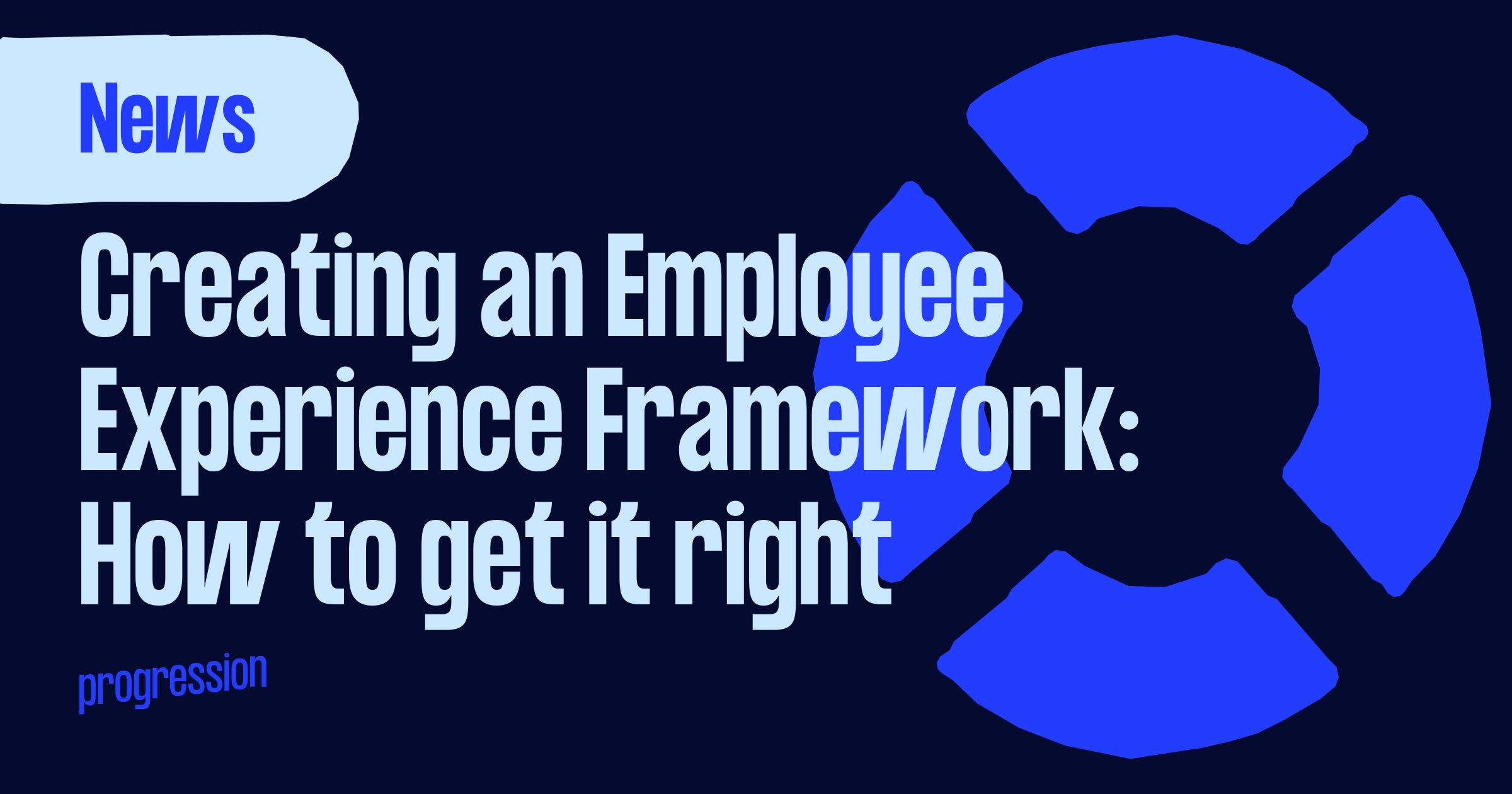A shift has taken place in recent years — we have seen companies that once emphasised the importance of customer satisfaction and the overall customer experience change their priorities. Now, many organisations are changing to a more employee-centric outlook, prioritising the employee experience (also known as EX). The importance of the employee experience has been proven time and time again: according to SHRM, EX leaders have 4x higher average profits, 2x higher average revenues, 40% lower turnover and 24% smaller headcount. Research by Gallup has shown that disengaged employees can cost companies between $450 and $550 billion dollars a year. It’s clear the employee experience can no longer be a footnote on HR’s to-do list.
With the growing importance of EX in mind, we’ve put together a guide to all things employee experience and how to create a framework that benefits your organisation and - most importantly - your team.
What is employee experience?
Employee experience is the umbrella term used to describe the sum of a team member’s experiences at a company. This includes how they interact with their colleagues, how they interact with management, their experience with workplace systems and tech, and even the physical environment where they work day to day.
An employee lifecycle refers to the key stages of employee experience. The stages of a typical employee life cycle are:
Recruiting, onboarding, engagement, performance, development and exit.
The cyclical part of this process happens when a new employee is recruited in the previous employee’s place. As one can imagine, the employee life cycle is a very rough framework and can have a multitude of variations and time-scales.
Why is employee experience important?
The employee experience has a direct impact on employee engagement, satisfaction and retention. This of course helps the company’s profitability, but there are several other important aspects of EX that will benefit your organisation.
Those with a positive employee experience will find it boosts productivity and even attendance.
As team members have individual personal inputs, a positive employee experience will also improve employee creativity and innovation, as they’ll feel inspired and motivated.
On top of this, if your team members have customer-facing roles, a good employee experience also creates a good customer experience. According to research from Glassdoor, ‘on average, a 1-point increase in Glassdoor company rating is associated with a 1.3-point increase in customer satisfaction.’
According to research at MIT, ‘EX leaders have 25% higher profits than competitors with poor EX.’
What is an employee experience framework?
As you’d expect, for something as varied and multi-faceted as employee experience, maintaining a great EX means keeping track of its many different parts. A good EX framework should have two main functions:
- Bringing all the different elements of employee experience together
- Setting expectations throughout the employee journey
What are the benefits of an employee experience framework?
We know that employee experience has been proven to have a huge impact on organisations, so it makes sense to approach EX almost as if it were its own department in your company. As we have covered, there are going to be lots of different aspects contributing to an employee experience, not to mention the huge amount of variation between different employees. A framework therefore helps you keep on top of everything - allowing you to track, measure and improve employee experience easily.
How to create an excellent employee experience framework
Although a good EX framework should be thorough and detailed, you need not be put off by the task. Here are some key steps to creating a successful employee experience framework.
1. Understand the importance of employee experience
You may have an understanding of EX, but the whole team needs to learn about the benefits as well. It is no use developing a framework if your team doesn’t understand why they need one. Everyone on your team should know what employee experience is all about, what it can achieve, and why it matters.
2. Create an employee experience strategy
A good employee strategy should achieve the following things for your team:
3. Define the ideal employee experience
Let your team members know what is possible and what their employee experience could look like with the use of a successful framework.
4. Tune in to employee expectations
Keeping a dialogue with your team is the only way to effectively manage and cater to their expectations. Ask you employees about their experience and how it could be made better. You can use surveys, meetings and group discussion to discover what truly matters to them.
5. Map out the employee journey.
As mentioned earlier, the employee life-cycle, or employee journey, helps provide some structure to the employee experience. You can identify the milestones or key stages your employees typically encounter and gather feedback from the employees about their experience at each stage. This is also a great way to identify areas for improvement.
6. Identify employee experience goals and a way to measure them
We know an employee’s career journey and having a career progression plan is a key element of the employee experience. Helping your team identify their goals and having the resources to keep track of them is therefore an essential part of building a successful framework. As every employee experience is different, it can feel daunting to keep track of everyone’s varying career goals. Luckily, there are handy tools, such as Progression, that can be used to measure career development on a simple, easy-to-use platform.
7. Personalise it
A good hiring manager looks for a diverse range of skills, strengths and experiences when putting together a team. So it makes sense to keep that in mind when building your framework. Every employee has a unique set of wants and needs from their employer, so each employee’s experience needs to be tailored to them. Personalisation can be achieved by communicating with your team regularly and building good working relationships.
8. Have a robust communication plan
We know that feedback and personalisation are essential for a good employee experience plan, so communication is the glue that holds everything together.
9. Involve the leaders.
No one wants to be working for faceless, intimidating executives. An employee’s relationship with their team leaders plays a huge role in the employee experience, so it’s important to help build a connection between employee and leader. This can be done by: Involving employees in decision making, humanising executives by cultivating open communication and building connections through shared activities.
10. Leverage technology
Choosing the right technology and tools can make the creation of an employee experience plan far more streamlined for everyone involved. As keeping a dialogue with your team is so important, you’ll need a feedback collection and evaluation tool. It may also be useful to invest in some self-serve knowledge bases or platforms that let employees easily find resources and answers to questions whenever they need.
If you decide to create an employee experience framework, you’ll want to make sure you’re getting it right. If you create a strategy, communicate with your team members at every stage of the process, personalise everyone's journey, keep leaders involved in the process and use the right tools, your framework will result in a team full of satisfied, productive employees.





